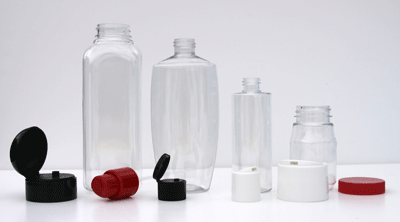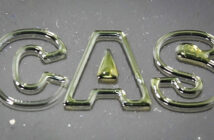The global soft drinks market is provided by a rich profusion of packaging choices to satisfy all manner of consumer groups. It is not just the available range of packaging materials that is extensive but also container shapes and sizes. Yet, in an era of growing environmental concern, it seems that more and more of these packages are, surprisingly, becoming one trip throwaways. For some pack options, such as board cartons and metal cans, disposal after a single use is the only practical solution. But this is not the case for glass and PET bottles, both of which can, realistically, be re-used.
In the US, before World War II, nearly all soft drinks were sold in refillable glass bottles, which were used as many as 50 times. Butthe volume share of such containers in the US soft drinks market has declined from 100 percent in1940 to less than one percent in 2000 and this contribution has not risen subsequently. Refillable glass is still employed elsewhere in the world, particularly Asia, Latin America and Western Europe, but total volumes are barely increasing whilst the post recessionary soft drinks market is still managing to expand by between three to five percent per annum, according to market analysis company Canadean.
Much of the movement away from refillable glass and, indeed refillable containers in general, has to do with the rise of the PET bottle, patented in 1973. In the four subsequent decades the plastic has succeeded in reshaping the entire soft drinks landscape. It is greatly favoured by soft drinks producers, especially in respect of carbonates and packaged water which, when combined, represent almost 70 percent of the global soft drinks market on a litre basis. The plastic is versatile, resilient, offers good product clarity, and provides consumer convenience plus excellent potential for brand differentiation.
Refillable PET bottles are available but, like their glass counterparts, their application is somewhat limited geographically. In many countries non-refillable PET bottles do not even exist, but they do have a high occurrence in Central America, for example. This is primarily thanks to their application in the Mexican carbonates category but refillable PET bottles still outsell their one-way counterparts here and are growing at a faster pace. Despite environmental concerns, Norway is the only country where refillable PET actually holds a stronger position than non-refillable PET.
There are a number of reasons why refillable packaging is fading, including the economic cost of setting up and maintaining refillable systems, as well as retailer reluctance in supporting the concept. Then there is the potential problem of bottle contamination due to earlier consumer misuse, brand image issues caused by scuffing, blemishes and general wear and tear together with the fact that one way bottles present greater flexibility in respect of changing pack design.
Instead, producers have followed an environmentally friendly road by reducing the thickness of their plastic, thereby lowering demands on natural resources, or by the introduction of more bio-degradable bottles, such as the PlantBottle™ launched by Coca-Cola in 2009. The race is now on to commercialise a fully biodegradable plastic bottle. Meanwhile, the role of the refillable PET and glass bottle has become largely redundant in this disposable age.





























































































